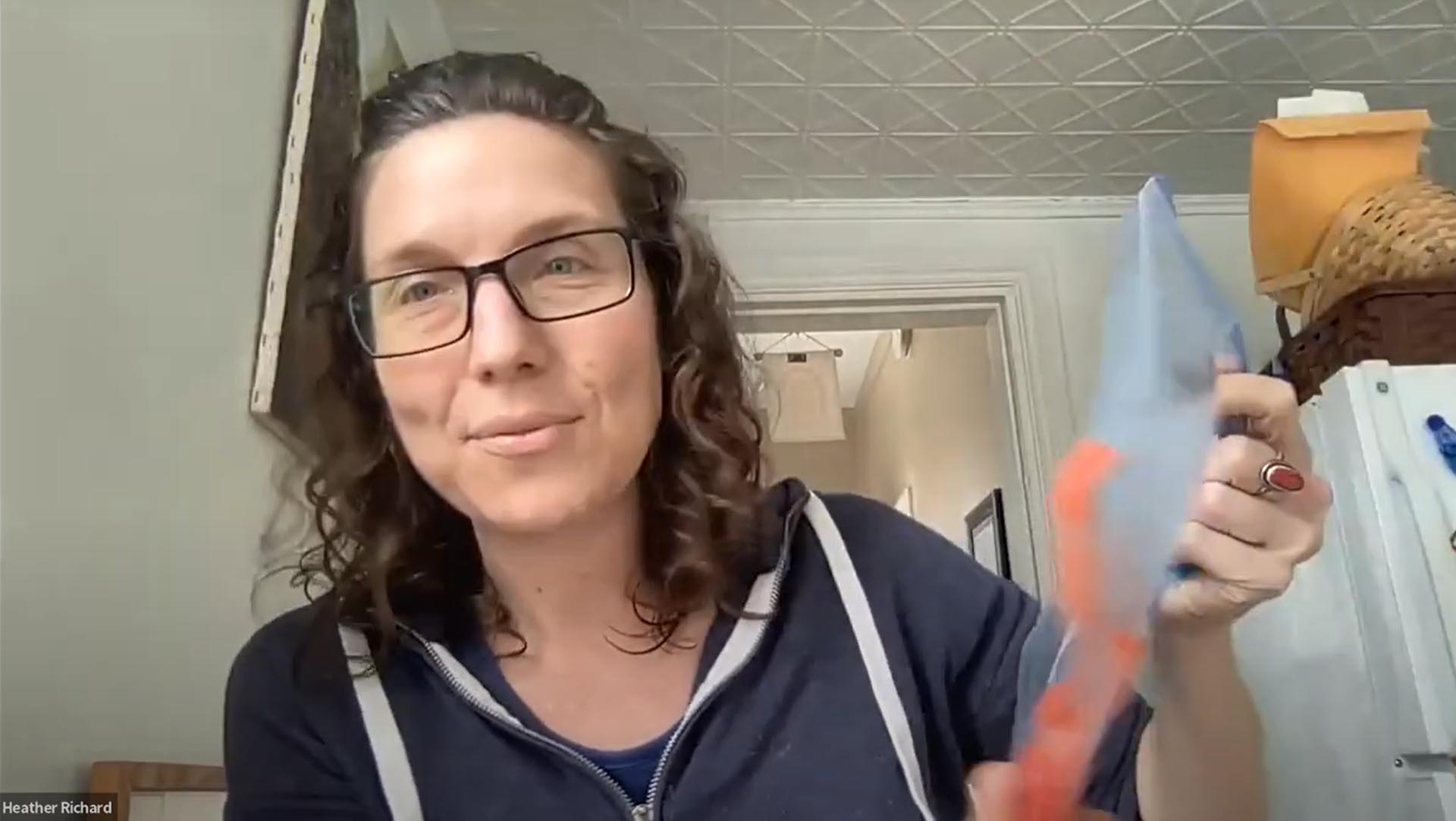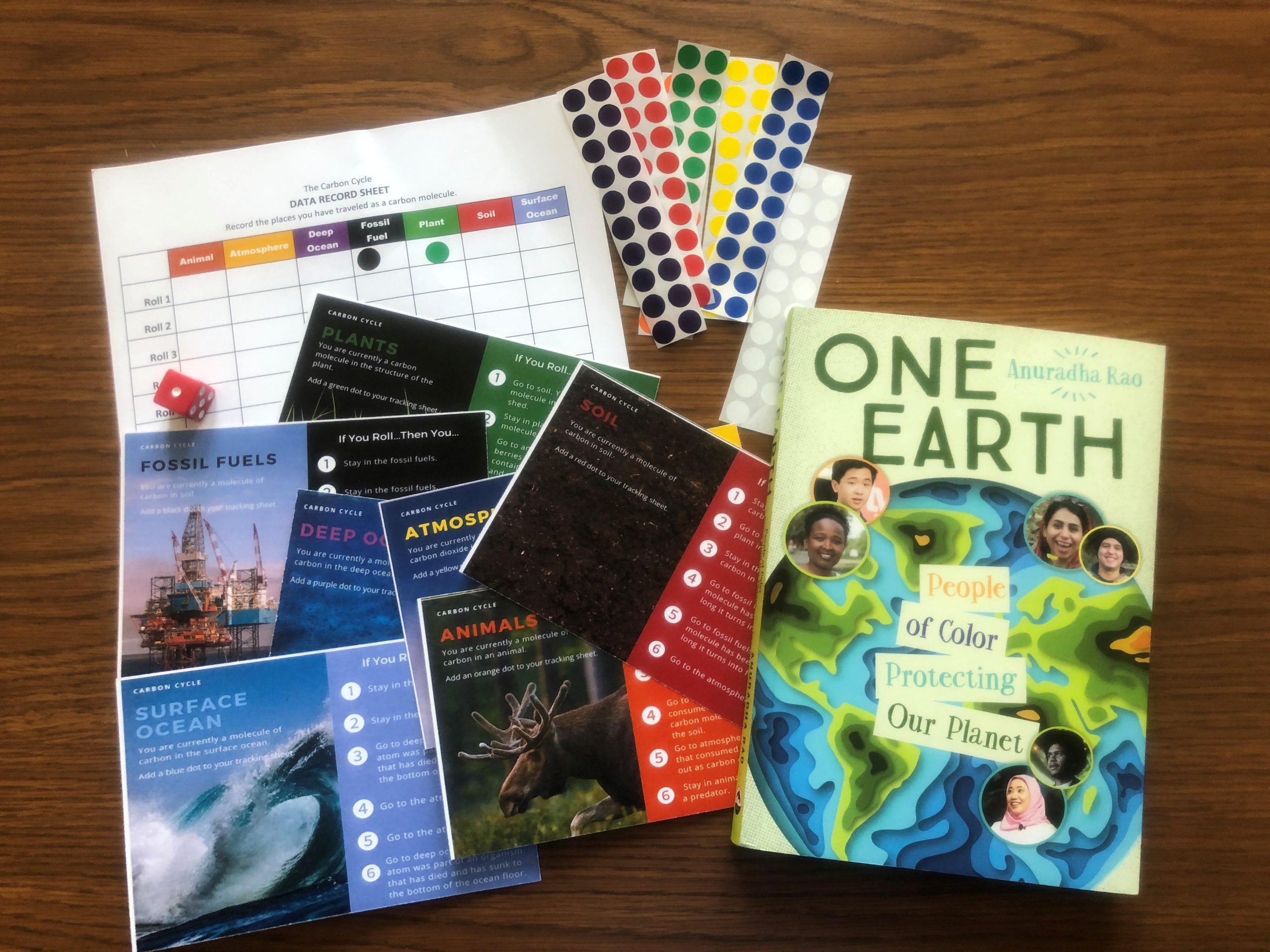
Maine’s Mysterious Marshlands Workshop with Heather Richard
By Daniel Timmermann
In person STEM education has been difficult the past couple years. Due to restrictions, bringing students into a lab was not an option and outdoor programs are obviously limited by weather. Maine’s Mysterious Marshlands: Using eDNA to Understand Climate Change, a recent workshop led by Maine-eDNA graduate student Heather Richard, sought to bring the field and lab experience, and environmental DNA (eDNA) to students virtually.
Advised by Andy Rominger (UMaine Assistant Professor of Ecological Bioinformatics), Richard is a graduate student in the School of Biology and Ecology working on the NSF EPSCoR RII Track-1 funded Maine-eDNA project. Richard responded to a call put out by Maine-eDNA and UMaine Cooperative Extension 4-H looking for graduate students to capture field and lab work and use it as part of a workshop that the student would lead.
Geared toward teenage students, this workshop introduced students to eDNA and how researchers are using eDNA in Maine to better understand climate change, Maine’s local environments, and the possible solutions. In collaboration with the Maine EPSCoR office and UMaine Cooperative Extension 4-H, Richard developed a lesson plan and set of materials for the workshop. Richard, who came to Maine-eDNA with an education background, explained her approach to designing the workshop saying, “I spent a lot of time thinking about how I think about research using molecular nucleotide methods to study DNA and what my hang-ups have been. I focused on making it as accessible and simple as I could.”
Using a GoPro, Richard captured the process of collecting soil samples and then extracting DNA from a sample in the lab to bring students into the field and lab. This footage was paired with a demonstration of how students could replicate the DNA extraction at home with a strawberry. The strawberry demonstration helped convey in simple terms how DNA is extracted and that there truly is DNA in every living thing that can be studied, even a strawberry.

Materials were mailed to each student so they could participate from home. Part of these materials was a game that helped illustrate how the carbon cycle worked. Through this, students were introduced to blue carbon, the carbon stored in coastal and marine ecosystems like Maine’s marshlands, and its role in climate change. Richard explained, “Once they see there are physical and chemical ways you can remove DNA from something, you can make a connection between this invisible concept (DNA) and blue carbon and use it to address problems like climate change.”
The students at the workshop also received a book that introduced them to a diverse array of people combating climate change around the globe. While restrictions continue to ease, this workshop could be a model to bring future Maine-eDNA programming to more areas of the state. Eight students attended the initial session virtually and the workshop expanded beyond the initial session to two classes in Madawaska, one of the most northern towns in Maine. Being able to deliver these workshops virtually allows more people to participate with and learn from Maine-eDNA in years to come.
